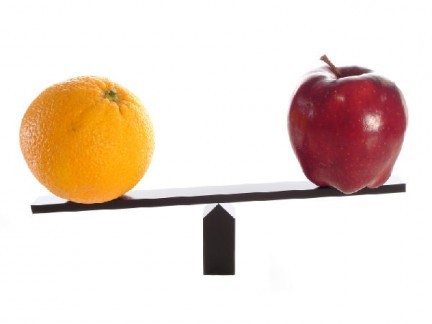A change in the price of a product generally leads to a decrease in demand for it. This is explained by the fact that there is an income effect and a substitution effect, which determine this kind of equilibrium graph in the market. These two phenomena are so interconnected that scientists are still developing methods that will help to quantify their impact.
The substitution effect is that the buyer seeks to purchase more goods whose value has decreased, replacing them with more expensive goods. Thus, the effect on the demand of the price of substitute goods, on the desire of consumers to buy certain products is manifested. If substitutes are more expensive, then it will grow, and if cheaper, then fall. However, the income effect and the substitution effect do not apply to
luxury goods and the so-called
Giffen goods. This is due to the fact that in the case of them, one of the vectors acts stronger than the other, so demand will change, ceteris paribus, in the same direction as the price of the goods.
In short, the effect of income is that when the cost decreases, part of the consumer’s budget is released, which makes it relatively richer. If the price of one of the goods necessary for the subject increases, then it becomes relatively poorer, which leads to the fact that it reduces the consumption of almost all the usual goods. Here, the replacement effect comes into effect, which forces the buyer to look for substitutes for more expensive products in order to be able to satisfy all their needs more fully. Therefore, the combined effect of income and the effect of substitution have a significant impact on the level of prices and competition in the industry, and therefore on the market.

As mentioned above, in the economy there is a problem associated with differentiating the influence on the value of demand of these two oppositely directed vectors. The income effect and the substitution effect are usually considered on the basis of two approaches. Adherents of the first approach developed by E.E. Slutsky, insist that only the level of income that provides the same set of goods can be called unchanged. The Slutsky graphical model indicates that the optimal consumer choice is determined by the point of contact of the indifference curve and the budget line. In order to consider the income effect and substitution effect separately, Slutsky draws an additional budget line associated with a change in the relative income of the consumer caused by a decrease or increase in the price of the goods. Then the scientist draws another budget line, but without taking into account the first factor, which allows us to calculate the substitution effect using this graphic model.
A similar approach is also demonstrated by the foreign economist J. Hicks, who proceeds from the fact that the relative level of income depends on the usefulness of the goods that are acquired from him. Therefore, if different amounts in absolute terms provide the same satisfaction of needs, then in relative terms they are equal.